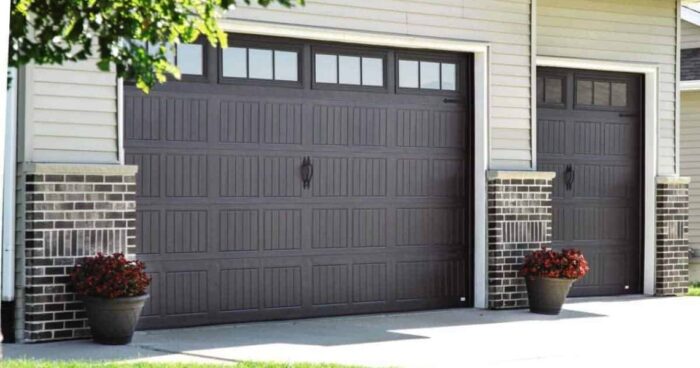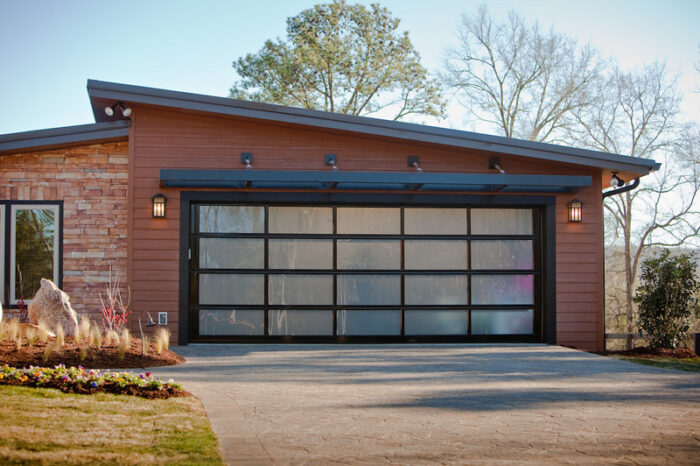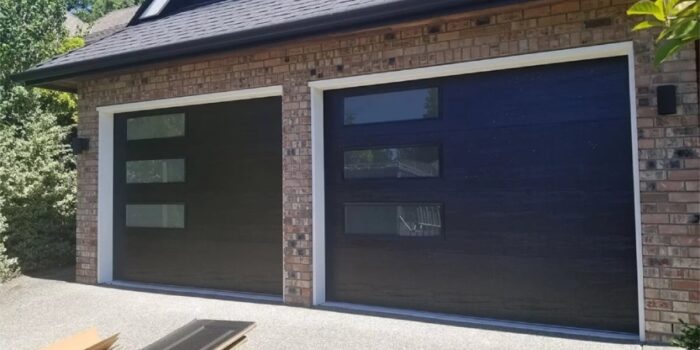As a homeowner, I’ve always considered safety and security to be paramount. However, it was a recent incident in my neighborhood that made me realize how vulnerable our homes can be if we don’t take the necessary precautions. It all started when a rash of garage door opener thefts occurred in our area. Intruders were breaking into cars parked in driveways and stealing garage door openers, which they then used to gain access to homes. This unsettling situation prompted me to investigate ways to prevent garage door opener theft and enhance the security of my own home.
In this article, I’ll share my insights and strategies from Grapevine Gates & Garage Doors for safeguarding your garage and, ultimately, your peace of mind.
Understanding the Risk
Garage door opener theft may seem like a relatively minor issue compared to other security concerns, but it can have serious consequences. Once thieves have your garage door opener, they have a direct route into your home, where they can potentially steal valuable possessions, compromise your safety, or even vandalize your property. To protect against this threat, it’s crucial to understand how garage door opener theft occurs and take proactive measures to prevent it.
1. Keep Your Car Secure
The first line of defense against garage door opener theft is ensuring the security of your vehicle. Thieves often break into cars to find garage door openers, as these devices are frequently left inside glove compartments or on the sun visors for convenience. To prevent this, always lock your car doors, even when it’s parked in your own driveway. Additionally, avoid leaving your garage door opener in plain sight. Consider purchasing a small lockable container or pouch specifically designed for storing the opener discreetly.
2. Upgrade to Rolling Code Technology
One of the most effective ways to prevent garage door opener theft is to invest in a modern opener with rolling code technology. This advanced feature generates a new and unique code every time you use the remote to open or close your garage door. Unlike older fixed-code openers, which can be intercepted and duplicated by tech-savvy criminals, rolling code technology makes it nearly impossible for thieves to gain unauthorized access.
Upgrading to a rolling code garage door opener is a smart investment in your home’s security. It provides peace of mind, knowing that even if your opener falls into the wrong hands, it won’t grant access to your garage or home.
3. Consider Keyless Entry
Many modern garage door openers come with keyless entry options. These systems allow you to enter a secure PIN code on a keypad located outside the garage to gain access. By using keyless entry, you can eliminate the need for a physical remote control, reducing the risk of theft. Additionally, keyless entry systems often offer the convenience of temporary PIN codes, which can be given to trusted individuals and revoked when no longer needed.
4. Secure Your Garage
Preventing garage door opener theft isn’t just about protecting the remote itself; it also involves securing your garage to deter thieves from attempting a break-in. Here are some essential steps to ensure your garage is a fortress:
- Install a Solid Door: Choose a sturdy, solid-core door for your garage with a deadbolt lock. Reinforce the door frame to prevent it from being easily kicked in.
- Upgrade Windows: If your garage has windows, consider reinforcing them with shatterproof film or replacing them with more secure options. This prevents potential burglars from peeking inside to spot your garage door opener.
- Use Motion-Activated Lights: Install motion-activated lighting around your garage. These lights deter thieves and provide additional security by illuminating the area when motion is detected.
- Install Security Cameras: Consider installing security cameras both inside and outside your garage. Modern systems can be monitored remotely, giving you real-time access to footage and the ability to respond to potential threats.
5. Educate Your Family
It’s crucial to educate your family members about the importance of garage door opener security. Make sure everyone understands the potential risks associated with leaving the opener in the car or sharing the access code. Teach them how to keep the opener secure and emphasize the need for responsible use.
6. Secure Your Car Interior
In addition to securing your car’s exterior, take steps to protect your vehicle’s interior. Thieves may also target your vehicle for valuables, including your garage door opener. Here are some tips to keep your car interior secure:
- Use Tinted Windows: Tinted windows can obscure the view into your car’s interior, making it less tempting for thieves.
- Hide Valuables: Never leave valuables in plain sight inside your car. This includes not only your garage door opener but also electronics, bags, and other items that may attract burglars.
- Install an Alarm System: An alarm system can deter potential thieves and alert you to any unauthorized access or tampering with your vehicle.
7. Install a Home Security System
A comprehensive home security system can provide an additional layer of protection against garage door opener theft and home invasion. These systems often include door and window sensors, motion detectors, and 24/7 monitoring services. If someone attempts to use a stolen garage door opener to access your home, the security system can trigger an alarm, notify you, and even contact the authorities if necessary.
8. Perform Regular Maintenance
Maintaining your garage door and opener is essential to ensure they function correctly and securely. Regularly inspect the door and its components, including the opener, springs, and sensors. If you notice any issues, address them promptly to prevent vulnerabilities that burglars could exploit.
9. Secure the Emergency Release Cord
The emergency release cord in your garage can be another potential point of entry for thieves. To prevent unauthorized use of this cord, secure it with a zip tie or lock. This simple step ensures that even if someone gains access to your garage, they won’t be able to release the door manually.
10. Be Vigilant and Alert
Finally, staying vigilant and aware of your surroundings is crucial for preventing garage door opener theft. If you notice any suspicious activity in your neighborhood or see unfamiliar individuals lurking around, report it to your local authorities. Timely reporting can help prevent thefts and protect your community.
In conclusion, according to Grapevine Gates & Garage Doors, garage door opener theft is a real threat that can lead to serious security breaches and property damage. However, by taking proactive steps to secure your garage, vehicle, and remote control, you can significantly reduce the risk of falling victim to this type of crime. Investing in modern garage door opener technology, upgrading your garage’s security features, and educating your family are all essential components of a comprehensive approach to preventing garage door opener theft. By implementing these measures, you can safeguard your home, your family, and your peace of mind.
Grapevine Gates & Garage Doors
601 W Wall St, Grapevine, TX 76051, United States
817-631-6355













